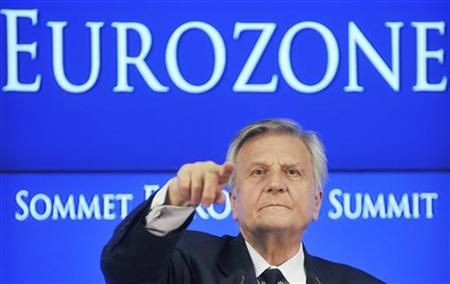ECB ‘Behind the Curve,’ Will Cut Rates by Year-End

Heading into Thursday’s European Central Bank (ECB) policy meeting, some investors and analysts expected a rate cut.
However, the ECB – even though some members of its Governing Council (GC) objected – chose to keep interest rates unchanged.
It didn’t even do a “backdoor” cut, which involves keeping the benchmark rate unchanged at 1.50 percent but lowering the deposit rate by 0.25 percentage point, stated Credit Agricole in a research note.
The ECB did, however, reintroduce two unconventional liquidity measures – 1-year loans to banks and covered bond purchases totaling 40 billion euros – in response to the European debt crisis and banking scare.
These measures should somewhat calm fears of a banking crisis stemming from losses on peripheral sovereign debt.
However, Credit Agricole believes the ECB still needs to cut interest rates by year-end. In fact, by not cutting rates on Thursday, the ECB risks falling ‘behind the curve,’ especially if the debt crisis gets worse.
Credit Agricole expects the Eurozone’s benchmark interest rate to be cut by 0.50 percentage point “by December at the latest.”
This will be accomplished either with a 0.50 percentage point cut in December (Credit Agricole’s central case) or a 0.25 percentage point cut in November and in December.
A total cut of 0.50 percentage point would take the benchmark interest rate back to 1 percent, which was the prevailing rate before the ECB raised interest rates by 0.25 percentage point in April and in July.
Reversing its April and July interest rate hikes could prove embarrassing for the ECB; it likely proves the ECB GC misjudged the Eurozone debt crisis.
However, if the debt crisis does not go away and inflation moderates in the coming months (which Credit Agricole expects), the ECB may be left with little choice but to reverse course and lower interest rates.
© Copyright IBTimes 2025. All rights reserved.





















